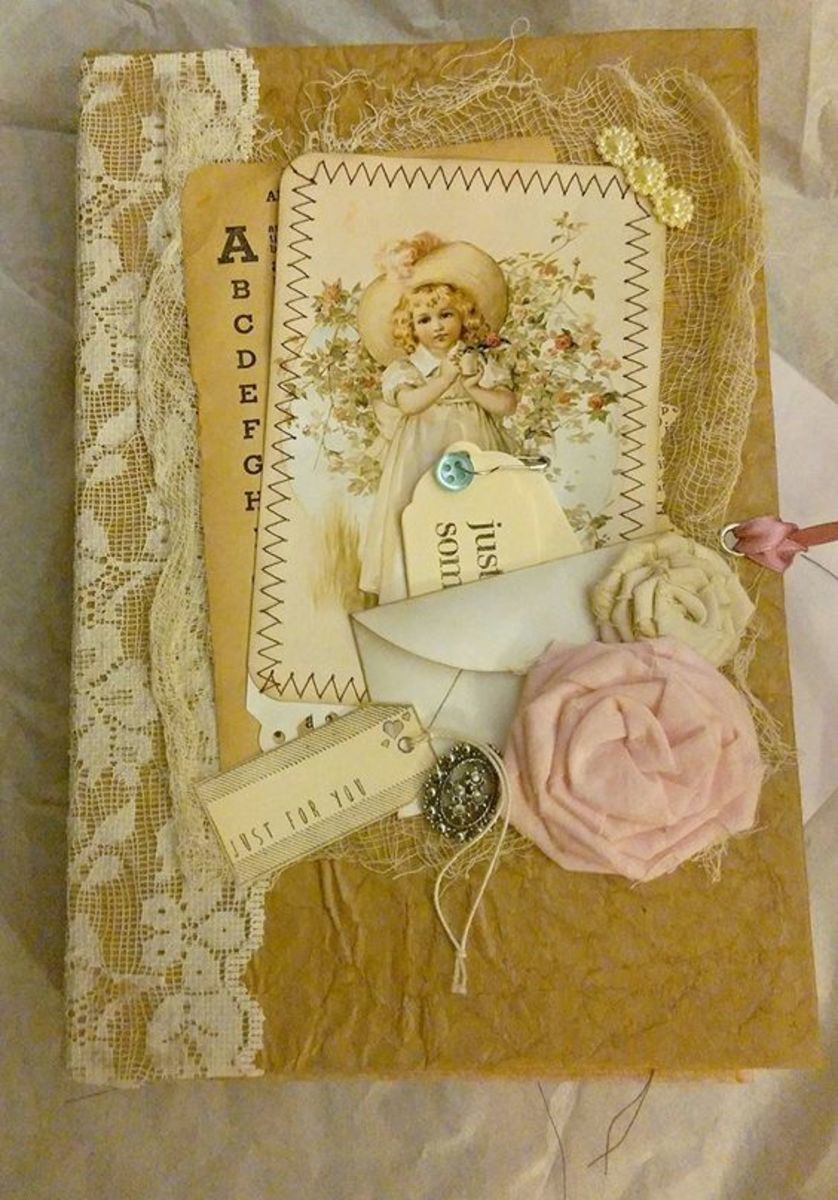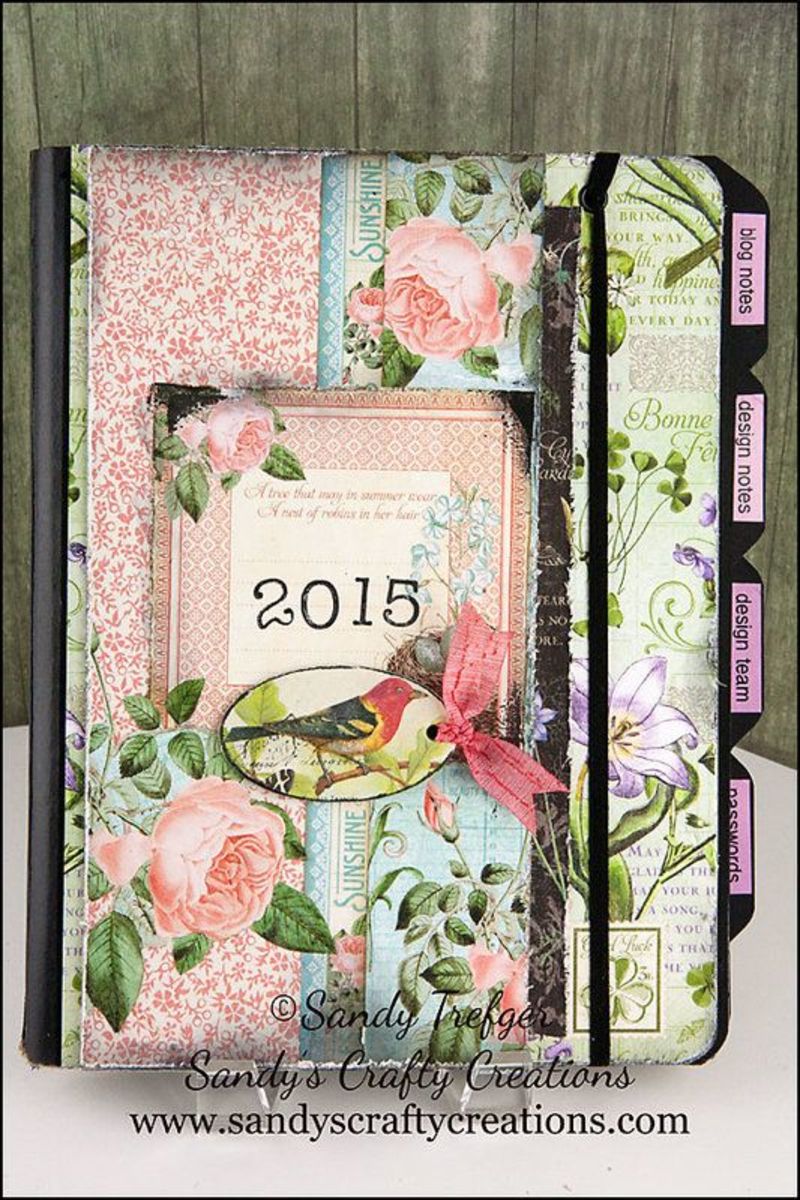Moleskine-An Elitist Notebook for People Who Recognize Quality
The History
Perhaps it’s the smooth pages that seem to pull words and lines out of your hand, or the pocket that’s perfect for hiding secret notes. Whatever the magic is, Moleskine claims word and art prodigies like Van Gogh and Hemingway have been using their notebooks for the past two centuries. According to “The history of a legendary notebook” that comes packaged with every Moleskine product, the notebooks were made by French bookbinders until 1986 when the last manufacturer shut down. Thankfully, in 1998, a small Milanese publisher revived Moleskine, and the company now offers a wide range notebooks. The Moleskine brand wasn’t officially registered until 1996, and although unconfirmed, Wikipedia says the modern Moleskine is not a descendant of the original notebook, but designed after writer Bruce Chatwin’s descriptions of the original notebook. In 2006, with the popularity of Moleskine increasing, the Italian publisher, Modo & Modo, investigated the possibility of selling the company or partnering with someone in order to keep up with demand. The French investment bank Société Générale stepped in and bought Modo & Modo for 60 million Euros.
The Notebook
The Moleskine is not actually covered in a mole’s skin. The name comes from the French word for Moleskin, pronounced mol-a-skeen-a, which some people say the cover material resembles. The cover is actually a dyed oilcloth fastened over soft or hard cardboard, depending on the type of notebook. There are several standard features every notebook model comes with: a title page, an attached woven bookmark, an accordion pocket and an elastic band to keep the notebook closed, and when it’s open, to keep the pages down.
The Choices
There are many types of Moleskine notebooks for sale, with new ones being added as consumers find new uses for them.
The Lined Notebook
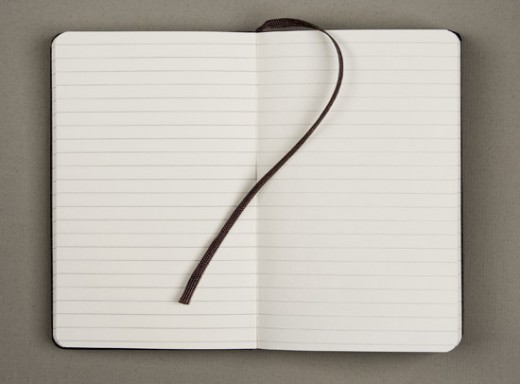
The Plain Notebook

The Squared Notebook

The Sketchbook
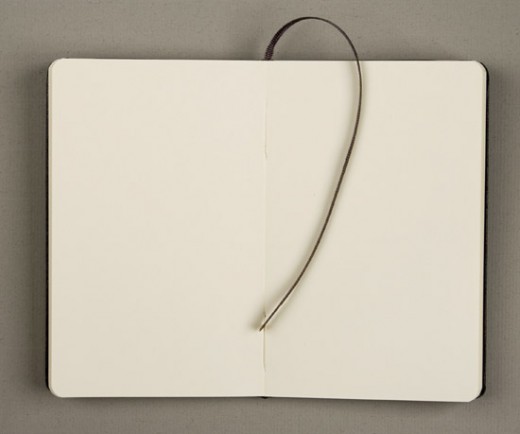
The Music Notebook

The Storyboard Notebook
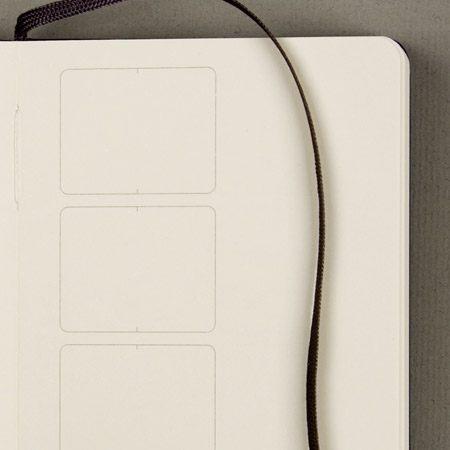
The Address Book
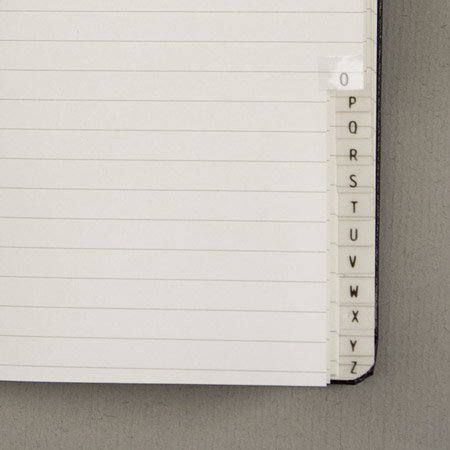
The Pocket Info Notebook
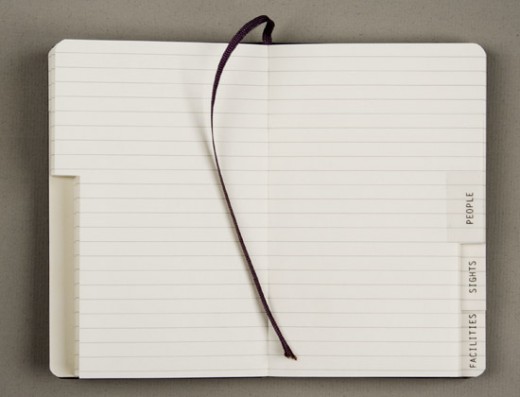
The Memo Pockets

The Japanese Accordion

The Reporter Notebook
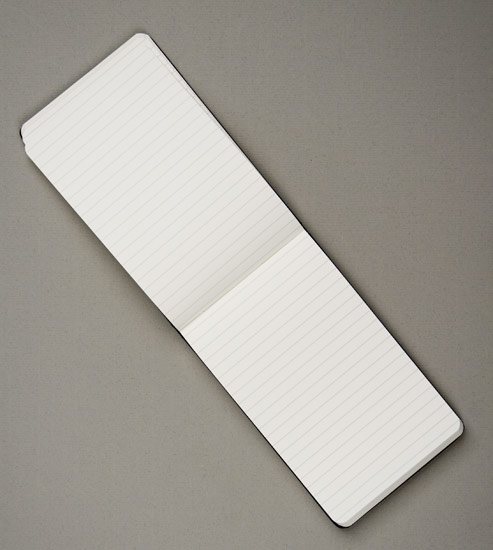
The Watercolor Notebook
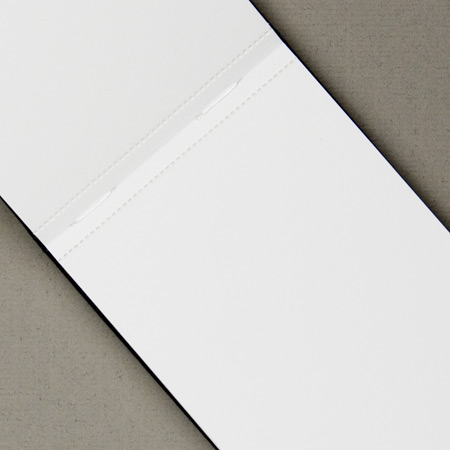
The Cahier Notebook
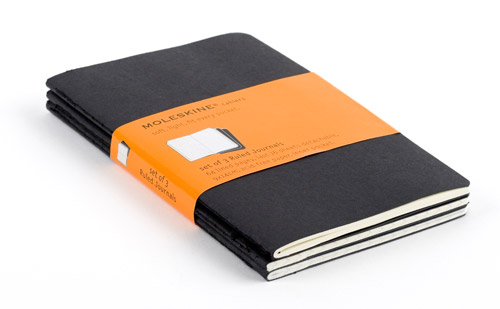
The City Notebook

The Planner

Prices for Moleskine notebooks vary, but I can assure you they are worth every penny. If you hunt around hard enough, you can usually get free shipping or a discount on bulk orders. I've found most of my deals on Amazon.com, but it doesn't hurt to check this site either. If you'd rather avoid shipping costs, Barnes & Noble always has a small stock, but not all notebooks are available in stores.
The Pen
There is much online debate over the perfect pen to use on the smooth, buttery pages of a Moleskine. Experts tend to narrow the best options down to the Pilot G2, the Fischer Space Pen and the Zebra F-301. Pens are judged on: the way they feel when gripped, ease of attachment to Moleskine for optimal compact travel, range of available tips, smoothness of ink, "gloopiness" or blotting of ink, drying speed of ink, tendency to smudge, bleed thru of ink through Moleskine's unique paper, price. But really, in the end, it's to each his own.
The Pilot G2
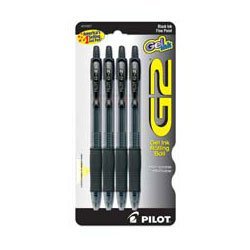
The Fischer Space Pen

The Zebra F-301
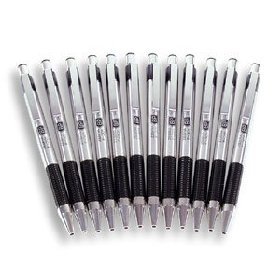
The Culture
Most people are turning to fancy, high-tech computers to keep track of their ideas, projects and information. But there is a small breed that's stuck with the old fashioned pen and paper method, and these Moleskiners chronicle their culture on various online forums. Moleskiners are often younger people who have a high interest in technology as well, but choose to hold on to the roots of record keeping through their coveted paper notebooks. Two of the biggest forum focuses are ways to modify your Moleskine to make better use of it, and Flickr pages of art created within Moleskine notebooks.
The Moleskine Hacks
Many people look at a notebook as simply a means to keep track of information. Moleskiners look at their notebooks as a means of expression, life organization, idea formation, memory keeping. They don't look at the pages as blank, they already know what they're going to fill them with the second they turn to them. To them, a Moleskine is a constant companion; a quiet best friend who is always willing to listen and encourage. Moleskiners don't adapt to the Moleskine, they modify it to their needs. There are a number of blogs listing ways to hack a Moleskine. Most notably, 43folders. Some of the best are as follows:
If the corners become frayed, use black electrical tape to stick them down-it blends nicely with the black Moleskine covering, so you'll never even know it's there. Black electrical tape can also be used to reinforce the folds in the pocket. If you try to stuff too much stuff in it, it will rip.
If you have trouble getting the pocket open, attach a small tab made from a Post-it note or Post-it tab to use as a pull handle.
To securely attach a pen to your Moleskine, slide the bookmark between the pen and its clip, tuck the bookmark into the pages, close the Moleskine, slide the bottom part of the pen under the elastic band, tug the end of the bookmark to tighten everything.
If you find your bookmark unraveling, seal it with a few drops of nail polish.
If you use multiple Moleskines, label the spines with words or small icons. A fine point silver Sharpie will show up on the Moleskine's dark cover.
Use bookdarts to help you find pages you reference often.
To reference work easier, number each page the first time you open your Moleskine. Be sure to leave a few pages blank in the front of the book so you can create a Table of Contents when the book is full. You can also make "hyperlinks" if you run out of room and the next page is full by noting on the page "continued on page 42."
Title and date every page and idea by coming up with your own coding system. Ex: W=work, E=expense, R=recipe. Put the title and date in the same spot on the page (the upper right hand corner is useful for quick reference). Take it to the next level by including the exact time and location you were in when you wrote the entry.
Keep two running topics in your Moleskine, each starting from a different cover. You can either alternate pages (Topic 1 on right hand pages, Topic 2 on left hand pages), or meet in the middle.
If you don't want to use tabs that stick out of your Moleskine, create inverted tabs by cutting away a strip of the edge of a few pages using an Exacto (think of the way some Bibles are made with indents where new chapters begin).
Keep a few notecards in the pocket of your Moleskine so you're not ripping out its precious pages when you want to share information with someone.
There are several downloadable documents you can use to jazz up your Moleskine. Like Mike Shea's "Writing Tips."
The Moleskine Art
Most Moleskiners treat their notebooks as a personal, sometimes secret document. There are sites, however, where tens of thousands of Moleskiners are sharing their fantastic creations within the pages of their Moleskines, and on the covers as well. The art ranges from ink drawkings, to elaborate watercolors, to words mixed with drawings. There are thousands of styles, each beautiful in its own way.
The Moleskine Elitists
So why are technically advance people turning to such an archaic form of record keeping when the "Spotlight" feature on a Mac can find a document as fast as you can type it in your search? In his Washington Post article, Dan Morse suggests it may be the simple convenience of pen and paper. It's easy to grab and get going when an idea hits, no booting up or waiting for programs to load like a computer. Some Moleskiners say ideas just flow more freely on paper. There's a more powerful connection putting pen to paper rather than fingertips to keys. You don't have to charge a Moleskine nightly like with electronics. And, if you're writing with the indestructable ink of the Fisher Space pen and the Moleskine gets wet, it won't shut down and let out a puff of smoke; it might just need a hairdryer for a few minutes. The Moleskine doesn't require "backing up" in the event of crash. If you lose your notebook, that's your fault.
Some Moleskine critics don't understand why someone would pay $20 for a notebook. But, like the old adage says, "you get what you pay for," and a Moleskine is no exception. Yes, a Moleskine does start out as just a notebook, but it's what the owner puts into it that makes it a Moleskine. Maybe the marketing is pretentious, with its front cover boasting Chatwin, Hemingway and Picasso as fans. But true Moleskiners don't buy the notebooks because of who else thinks it's great, they buy them because they are high-quality goods, and if wanting the best value for your dollar is an elitist attitude, so be it. If you're not willing and don't understand the price of a notebook, you shouldn't have one anyway.


